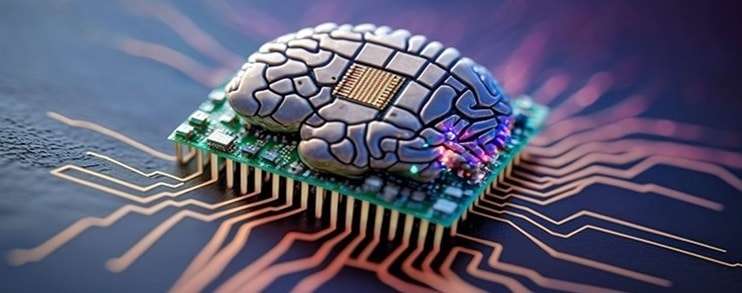Home

Organic neuromorphic electronics
emulating & interfacing biological systems
In today’s data-driven world, information is everywhere—flowing from countless sources, from the vast expanse of the internet to the intricate processes within our own bodies. Yet, the challenge remains: how do we extract, process, and represent this information in meaningful ways? The pursuit of ultra-energy-efficient information management inevitably leads us to one of humanity’s greatest fascinations—understanding and emulating the brain’s remarkable ability to process information. This ambition is at the heart of brain-inspired computing.
Creating electronic devices capable of neuro-inspired information processing requires a truly multidisciplinary approach. It brings together insights from electronics, biology, neuroscience, materials science, physics, and chemistry to forge groundbreaking innovations. In our group, we develop organic neuromorphic devices that seamlessly integrate concepts from these diverse fields. These devices are uniquely designed to process electronic, ionic, and molecular signals while enabling smooth interfacing with biological systems. This unconventional approach to neuromorphic technology is key to building distributed intelligent circuits, adaptive and multimodal biointerfaces, and fully autonomous bioelectronic applications—all while advancing fundamental scientific research.
On behalf of all members, I warmly welcome you to our group!
Paschalis Gkoupidenis
Group Leader | Organic Neuromorphic Electronics, Max Planck Institute for Polymer Research
Associate Professor of ECE & Physics | North Carolina State University